
When it comes to public space, decorating and vandalism are the opposite sides of the same coin. Both are trying to establish ownership. It is for this reason that our building cares for the public space between the building and the street curb. With this in mind, we plant flowerbeds, maintain tree guards and post Curb Your Dog Signs. The coop staff constantly cleans the sidewalks around the building.
I decided to add my support in this endeavor by using some of the skills learned as an inner city teacher in the South Bronx. In those schools, I created workshops where I taught how decorating could change destructive behaviors. Most importantly, I explained that there was a subliminal language that existed between the vandal and the decorator. Being able to understand that language, one could lessen negative behaviors and bring forth an environment to support the human spirit.
Some of those behaviors in front of our building on Manhattan’s Upper East Side include littering coffee cups and candy wrappers. Others are spitting wads of gum, which become sidewalk polka dots. The proliferation of cigarette butts is another problem. Though considered by many as non litter, butts are some of the most ecologically dangerous debris. Vandalism also includes letting dogs relieve themselves in a tree bed, which can girdle a tree or kill the flowers.
Analyzing How People “Read” Curb Your Dog Signs
So, I began a sign project to stop negative behaviors. focus attention on the ecological benefits of the city’s tree beds as well as to uplift the spirits of each passerby. Analyzing how people interpret traditional curb your dog signs, I used the following concepts:.
- The subconscious does not see a negative. So, the words, “Don’t litter”goes into the subconscious as “Please litter.” Likewise, the universal sign for, “No,” a red circle enclosing a slanted red line is not any better. It is also seen by the subconscious as, “Go ahead and do it.”
- A second reason some signs do not work is because the same verbiage is used everywhere. The brain processes ten million pieces of information per second. When we see the thousandth curb your dog sign, the brain says, “Same o same o,” and stops registering the stimuli. I call it cognitive override, another way of explaining the neural adaptation the brain uses to save energy.
- Last of all, curb your dog signs are ugly, especially the super big one. They seem to be shouting. Why put in a beautiful flower garden a sign bigger than the flowers?
Examples of Signs Made to Overcome Perceptual and Aesthetic Problems
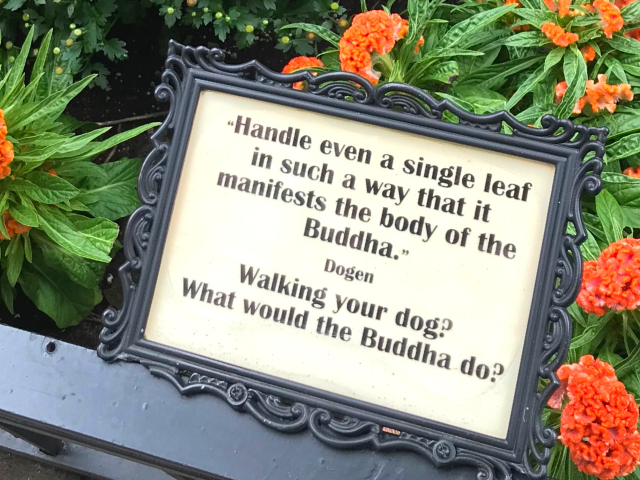
Understanding the Language of Decorating
The sign project has significantly reduced dog waste and larger pieces of litter. On the other hand, we are still dealing with too many gum wads and cigarette butts. Thus, I am still looking for more ways to communicate with the vandal.
Here are a few pieces of the grammar I have learned so far:
- Barriers are a form of language, even though they may be physically ineffective. In the South Bronx school, I was asked/ordered to cover all my creative work with ugly plastic. I refused, for the ugly plastic was not going to protect the bulletin board from a razor blade, but it was rather a piece of language saying don’t or I am afraid. Instead, I chose immediate repair, a more powerful statement to the vandal.
***
- At our building, we use tree guards around the flower beds. Like the plastic on a school bulletin board, these iron fences can’t stop a dog from jumping into the tulips; they, however, act as a subliminal symbol of ownership. What is more effective is our constant vigilance. Immediate repair of damaged flowers or soiled beds stops the vandal from returning sooner. In fact there is a correlation between the time it takes to repair damage and the timing of the next act of vandalism. (For those waiting for metal guards, any barrier, like sticks and string, would help to send a message as long as constant cleanup took place.)

- We always buy extra supplies because we know things will be stolen. Still, no one has stolen my frames but we always lose some flowers every season. A stolen plant not replaced quickly gives permission to others to take the plants, which leads to exponential pilfering.
***
- The most important language is immediate repair, which sends a message to the vandal that the area is claimed. See the blog, School Vandalism – The Bureaucratic Community for the experiment I conducted relating the timing of repairs to the timing of the return of the vandal..
***
- Last of all, if the same sign is used for years, like an overdue, stale retail window dressing, the reader will be bored. Likewise, if hundreds of the same sayings appear in close proximity, a cognitive override will take place. The trick to claiming public space is to change the verbiage at least once a year and to keep repetitions in the neighborhood to a minimum.
Understanding Vandalism with Compassion
Last of all, I want to remind all of us that we should look at all of these negative behaviors with compassion. I saw vandalism in the inner city as an expression of deep fears and worries about the community’s environment. I see vandalism in all areas of the city, including the Upper East Side, as coming from thousands of years of the emphasis of division in Western culture. So, before we lecture the smoker or chastise the inappropriate actions of the dog walker, we should realize that we are all victims of a culture that has separated spirit from matter, the sacred from the profane or the different treatment of public and private space.
Until we all understand that public spaces are indeed our home, we must use subliminal language to allow for the beautiful to enrich our lives.
***
There are two parts to this website, The Lessons in my book, which are more difficult in concept, and the blogs, which are lighter in nature. Blogs that you might enjoy with the same theme as Curb Your Dog Signs – Signs of the Beautiful are:
- Signs of the Beautiful – Celebrating Hope – signs with the theme of hope
- Beauty Heals in Troubled Times – Signs of the Beautiful – signs with the theme of dark and light
- Making ‘Curb Your Dog’ Signs’ – Signs of the Beautiful– how to create your own signs
- When We Do Not See – An Invisible Line in the Sand – an essay on the ecological damage of cigarette butts, why we don’t see them and what we can do about it.
One Lesson that relate to this blog is:
Please note that my website allows you to leave comments at the end of the blogs but not at the end of each lesson. If you have a comment or question about a lesson, you may email me at ruta@rutas-rules.com
ruta@rutas-rules.com
***
Also consider:
Why You Shouldn’t Let Your Dog Pee on Tree
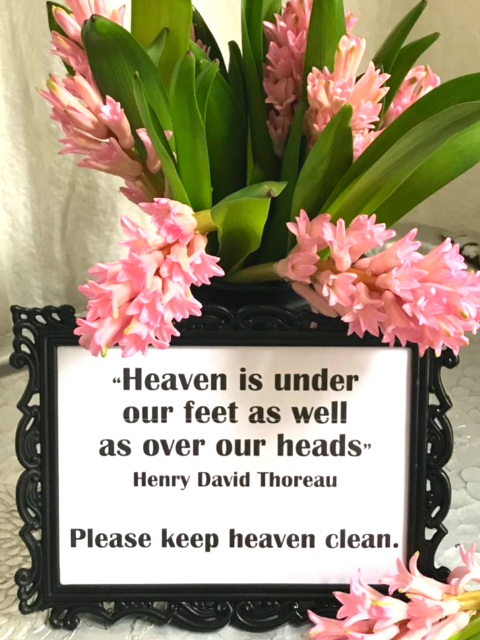
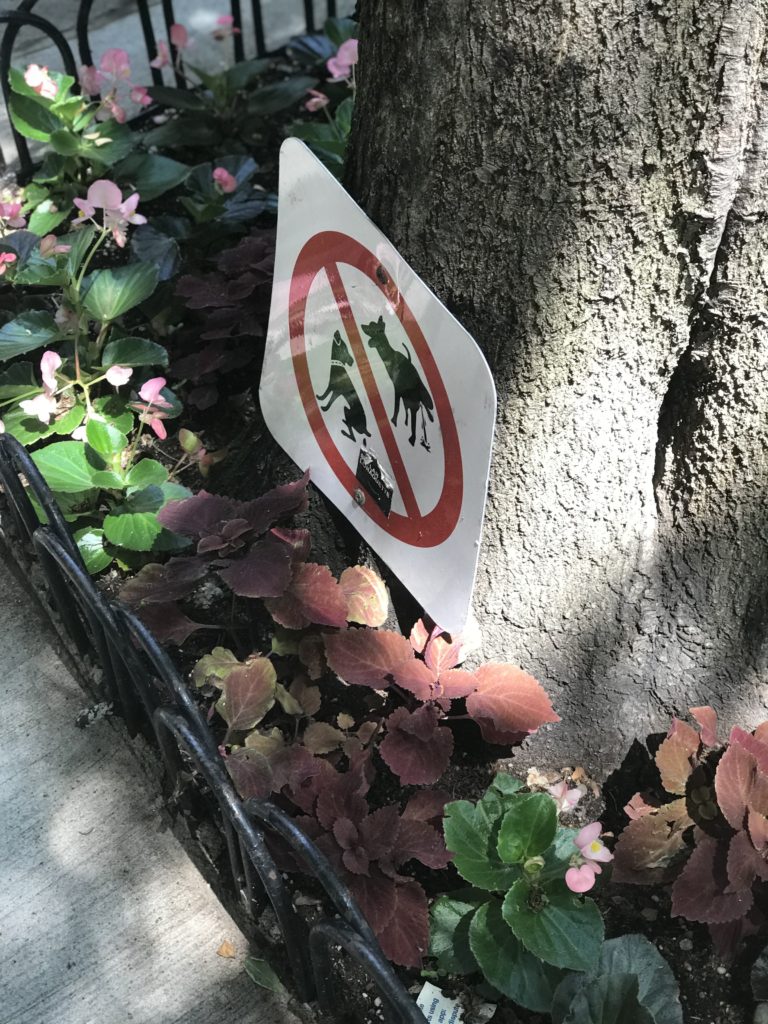
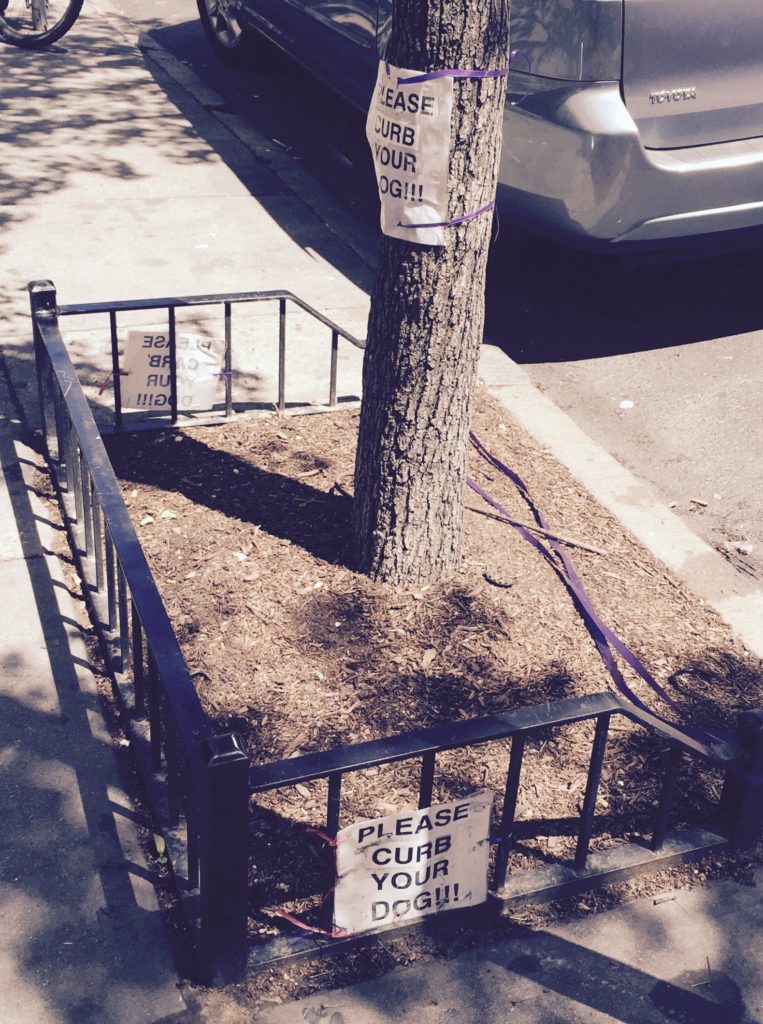
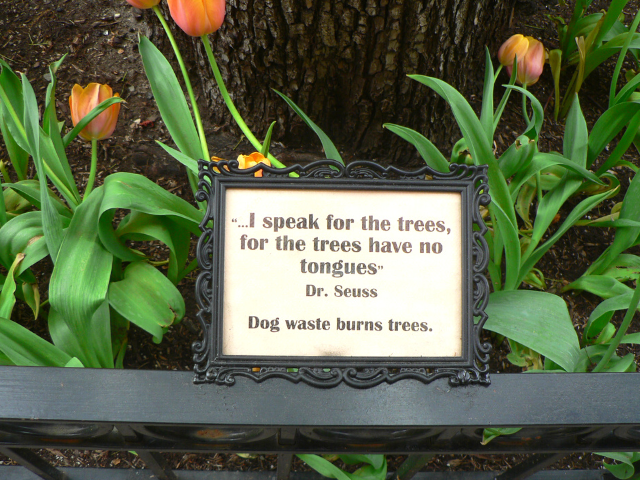
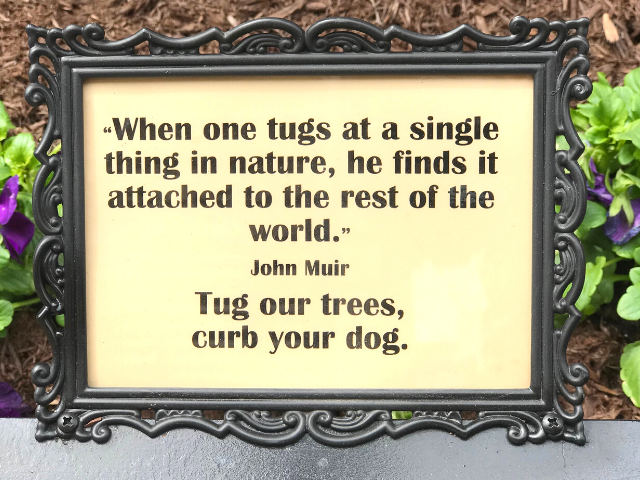
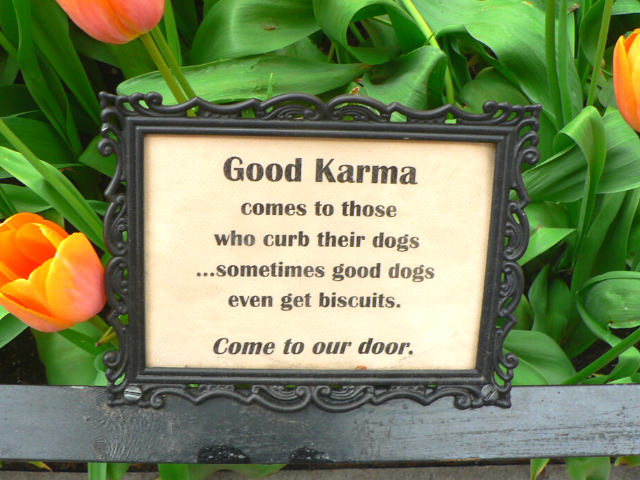
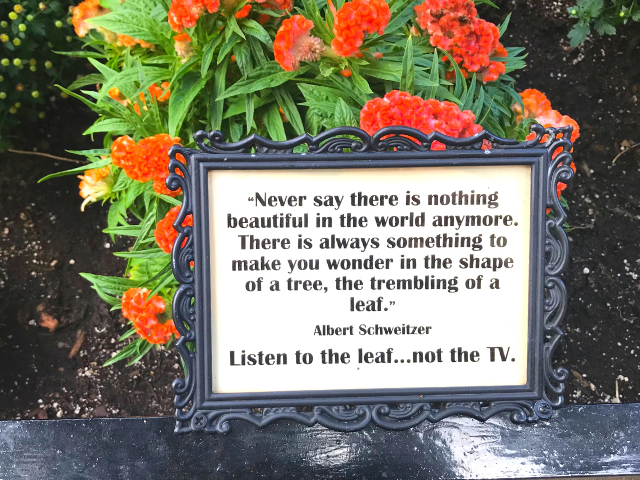
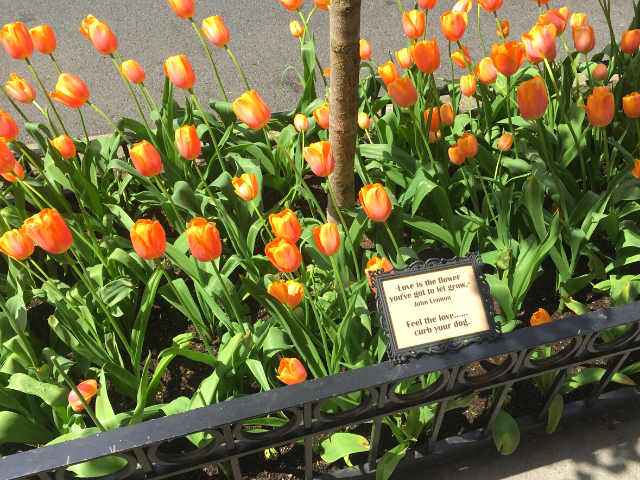

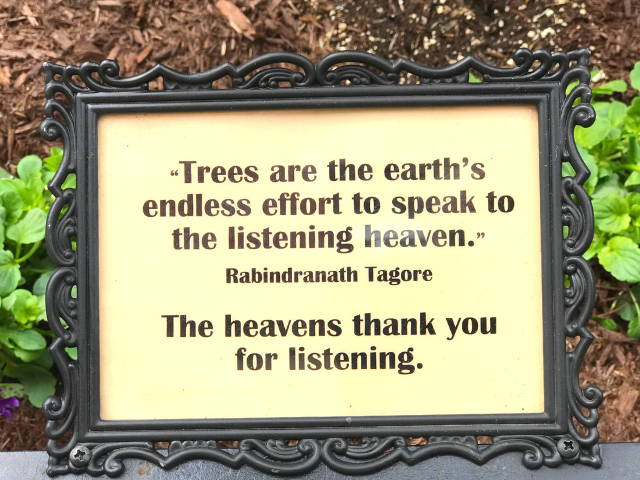
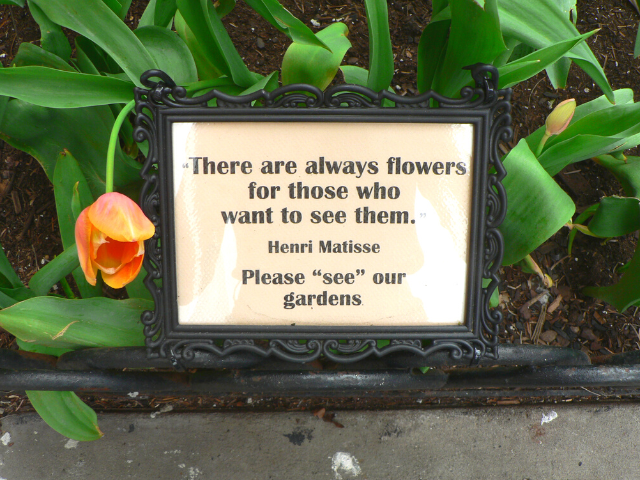
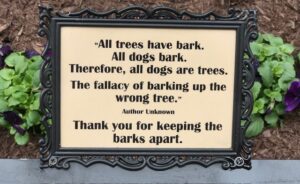
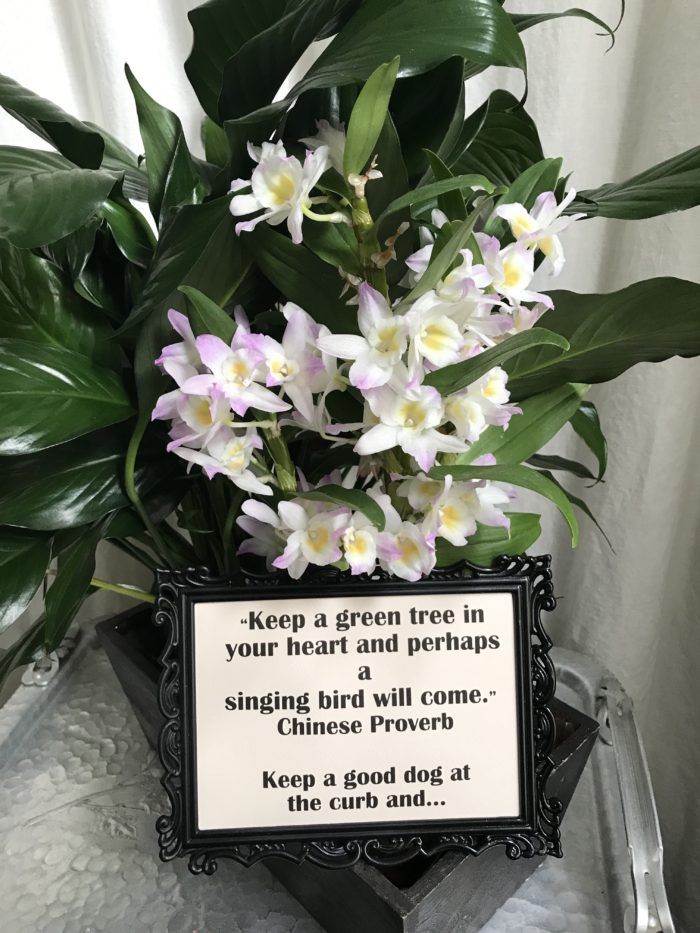
Leave a Reply